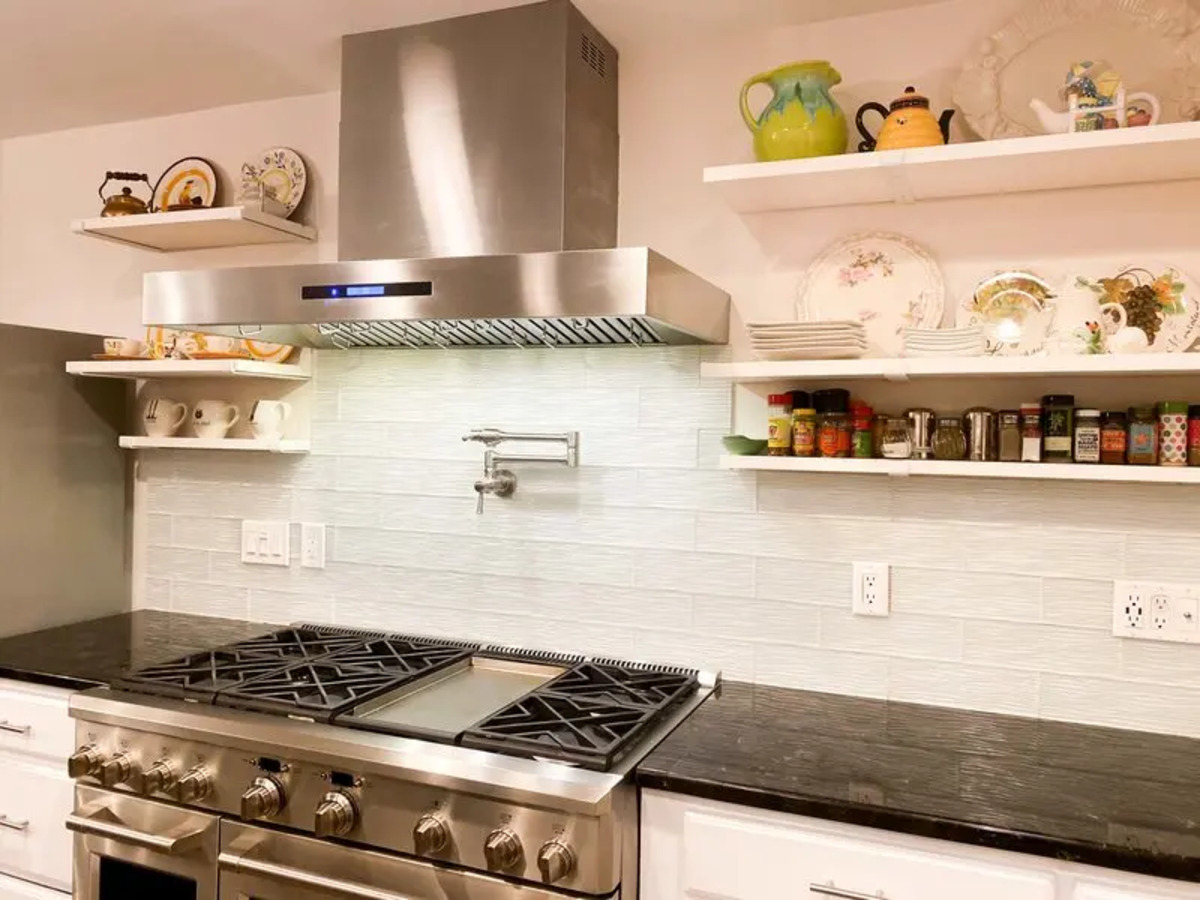

Articles
How Far Above Cooktop Should Hood Be
Modified: February 29, 2024
Learn about the recommended distance between a hood and cooktop. Read our informative articles to find out how far above the cooktop your hood should be.
(Many of the links in this article redirect to a specific reviewed product. Your purchase of these products through affiliate links helps to generate commission for Storables.com, at no extra cost. Learn more)
Introduction
When it comes to kitchen ventilation, one of the essential components is a range hood. A range hood helps to remove smoke, odors, and grease particles that are produced during cooking, ensuring a cleaner and healthier kitchen environment. However, when installing a range hood, it’s crucial to consider its height above the cooktop for optimal functionality and safety.
The correct positioning of the range hood above the cooktop is necessary to effectively capture and exhaust the air pollutants. The ideal height will not only enhance the performance of the range hood but also prevent any potential hazards. In this article, we will explore the factors to consider when determining the height above the cooktop for your range hood and provide recommendations based on industry standards and guidelines.
Key Takeaways:
- Proper range hood height ensures efficient ventilation, considering factors like cooking type, hood size, and cooktop heat output. Follow industry standards and local regulations for a cleaner, safer kitchen environment.
- Choose the right range hood type and follow installation tips for optimal performance. Regular maintenance and adherence to regulations ensure a well-ventilated and enjoyable cooking space.
Read more: How Far Should Range Hood Be From Cooktop
Factors to Consider
Several factors should be taken into account when determining the height of the range hood above the cooktop. These factors include the type of cooking you typically do, the size of the range hood, the heat output of your cooktop, and the specific installation requirements of the manufacturer. Let’s delve into each of these factors:
- Type of Cooking: The type of cooking you do on a regular basis plays a significant role in determining the height of the range hood. If you frequently cook with high heat or indulge in activities such as stir-frying or deep frying, you may require a lower height to effectively capture the smoke and greasy particles.
- Size of the Range Hood: The size of the range hood is another important consideration. Larger range hoods tend to have a higher capture area and can effectively remove pollutants even when installed at a higher distance from the cooktop. Smaller range hoods, on the other hand, may need to be installed closer to the cooktop for optimal performance.
- Heat Output of the Cooktop: The heat output of your cooktop is a critical factor in determining the height of the range hood. Cooktops with higher heat output generate more smoke and vapors, necessitating a lower range hood installation to effectively capture and exhaust those pollutants.
- Manufacturer’s Installation Requirements: It’s crucial to consult the manufacturer’s guidelines and installation instructions for your specific range hood model. Manufacturers often provide recommendations for the minimum and maximum height above the cooktop to ensure proper ventilation performance.
By taking into account these factors, you can determine the most appropriate height for your range hood installation, ensuring optimal performance and safety in your kitchen.
Recommended Height Above Cooktop
While the exact height above the cooktop for a range hood may vary depending on the factors mentioned earlier, there are general guidelines that can help you determine the recommended height. These guidelines are based on industry standards and best practices for optimal ventilation performance. Here are some general recommendations:
- For electric cooktops or ranges with a maximum heat output of up to 40,000 BTUs, it is recommended to install the range hood between 24 to 30 inches above the cooking surface. This height allows for effective capture of smoke, odors, and grease particles.
- For gas cooktops or ranges with a maximum heat output of up to 60,000 BTUs, it is recommended to install the range hood between 24 to 30 inches above the cooking surface as well. However, if you frequently do high-heat cooking, such as stir-frying or deep frying, you may consider installing the range hood slightly lower, around 20 to 24 inches, to ensure better capture efficiency.
- For commercial-grade ranges with a higher heat output, it is advisable to consult the manufacturer’s guidelines for proper installation height. Commercial ranges often produce a significant amount of smoke and heat, requiring specific ventilation solutions.
Keep in mind that these are general recommendations, and it’s essential to consider the specific requirements of your range hood model and follow the manufacturer’s installation instructions for the best results. Additionally, local building codes and regulations may have specific requirements regarding the height above the cooktop for range hoods, so it’s crucial to check and comply with them.
Properly positioning your range hood at the recommended height will ensure efficient ventilation, minimize the accumulation of airborne pollutants, and create a more comfortable and pleasant cooking experience in your kitchen.
Regulations and Guidelines
When it comes to the height above the cooktop for a range hood, it’s essential to adhere to local building codes and regulations. These regulations are put in place to ensure safety and proper ventilation in residential and commercial kitchens. While specific requirements may vary depending on your location, there are some common guidelines to consider:
- Uniform Mechanical Code (UMC): The UMC is a widely adopted code that provides comprehensive regulations for mechanical systems, including kitchen ventilation. It suggests that the distance between the bottom of the range hood and the cooking surface should be at least 24 inches.
- National Fire Protection Association (NFPA): The NFPA provides guidelines for fire safety, including regulations for kitchen hood installations. According to these guidelines, the range hood should not be installed lower than 18 inches above an electric cooktop or 24 inches above a gas cooktop.
- Glass Cooktops: If you have a glass cooktop, it’s essential to consider the manufacturer’s guidelines for the recommended height. Some glass cooktop manufacturers may have specific requirements to prevent overheating and potential damage to the surface.
- Local Building Codes: Different regions may have their own specific building codes and regulations. It’s crucial to consult your local building authority or a professional installer to ensure compliance with these codes and guidelines.
It’s important to note that these regulations are in place to ensure the safety and proper functioning of your range hood. Failure to comply with these regulations may not only compromise the ventilation efficiency but also pose a fire hazard in your kitchen. Therefore, it is advisable to consult with professionals or building authorities to ensure that your range hood installation meets all the necessary regulations and guidelines.
The hood should be installed 24-30 inches above the cooktop for optimal performance. This distance allows the hood to effectively capture and remove cooking fumes and grease.
Types of Hoods
Range hoods come in various types, each with its own unique features and benefits. Understanding the different types can help you choose the one that best suits your kitchen and ventilation needs. Here are some common types of range hoods:
- Under Cabinet Hoods: These hoods are installed beneath a cabinet above the cooktop. They are popular due to their space-saving design and ease of installation.
- Wall-Mounted Hoods: As the name suggests, these hoods are mounted on the wall above the cooktop. They are often seen as a stylish and statement piece in a kitchen.
- Island Hoods: Island hoods are designed for kitchens with a cooktop located on an island or peninsula. They are suspended from the ceiling and provide effective ventilation for open kitchen designs.
- Insert Hoods: Also known as built-in or custom hoods, these hoods are concealed within a customized cabinetry or hood surround, creating a seamless and integrated look.
- Downdraft Hoods: Downdraft hoods are a unique option that can be installed behind or alongside the cooktop. They function by drawing the smoke and odors downwards, usually through a vent in the floor or cabinet.
Each type of hood has its advantages and considerations. Factors such as kitchen layout, personal style preferences, and budget can influence your choice of hood. It’s important to evaluate your needs and consult with professionals to determine the most suitable type of hood for your kitchen.
Installation Tips
Proper installation of your range hood is crucial to ensure its effective performance and longevity. Here are some important installation tips to consider:
- Follow Manufacturer’s Instructions: Always refer to the manufacturer’s installation instructions for your specific range hood model. These instructions will provide you with the necessary steps and guidelines for a successful installation.
- Hire a Professional: If you’re not confident in your DIY skills or if the installation requires complex modifications, it’s advisable to hire a professional installer. They have the expertise and knowledge to ensure a safe and accurate installation.
- Proper Ventilation: Ensure that your range hood is properly vented to the outside. This will effectively exhaust the pollutants from your kitchen instead of recirculating them back into the space. Remember to check local building codes and regulations for venting requirements.
- Secure Mounting: Ensure that the range hood is securely mounted to the wall or ceiling. This will prevent any movement or vibrations during operation. Use appropriate mounting hardware and verify that the hood is level and straight.
- Electrical Connection: If the hood requires electrical wiring, ensure that it is done safely and in accordance with local electrical codes. If you’re unsure, consult a licensed electrician to handle the electrical connection.
- Proper Clearances: Maintain proper clearances between the range hood and any combustible material, such as cabinets or curtains. This will prevent potential fire hazards and ensure proper airflow around the hood.
- Cleaning and Maintenance: Regularly clean and maintain your range hood to ensure its optimal performance. Refer to the manufacturer’s instructions for cleaning guidelines specific to your hood model.
By following these installation tips, you can ensure a safe and effective installation of your range hood, allowing for efficient ventilation and a cleaner kitchen environment.
Conclusion
Choosing the right height for your range hood above the cooktop is essential for effective kitchen ventilation. By considering factors such as the type of cooking, size of the range hood, heat output of the cooktop, and manufacturer’s requirements, you can determine the recommended height for your installation.
Following industry standards, local building codes, and manufacturer guidelines will ensure a safe and efficient range hood installation. It’s important to remember that regulations may vary, so consulting with professionals or local authorities is recommended.
Additionally, understanding the different types of range hoods available, such as under cabinet, wall-mounted, island, insert, and downdraft hoods, will help you choose the type that best suits your kitchen layout and preferences.
Proper installation, including following manufacturer’s instructions, securing mounting, adequate venting, and ensuring proper clearances, is crucial for optimal performance and longevity of the range hood. Professional installation is advised for complex installations or if you’re unsure about the process.
Regular maintenance and cleaning of your range hood will keep it functioning at its best, ensuring the removal of smoke, odors, and grease particles from your kitchen environment.
In conclusion, considering the recommended height, regulations, hood types, and following installation tips will help you create a well-ventilated and enjoyable cooking space. A properly installed and maintained range hood will provide a cleaner and healthier kitchen, allowing you to cook with ease and peace of mind.
Frequently Asked Questions about How Far Above Cooktop Should Hood Be
Was this page helpful?
At Storables.com, we guarantee accurate and reliable information. Our content, validated by Expert Board Contributors, is crafted following stringent Editorial Policies. We're committed to providing you with well-researched, expert-backed insights for all your informational needs.
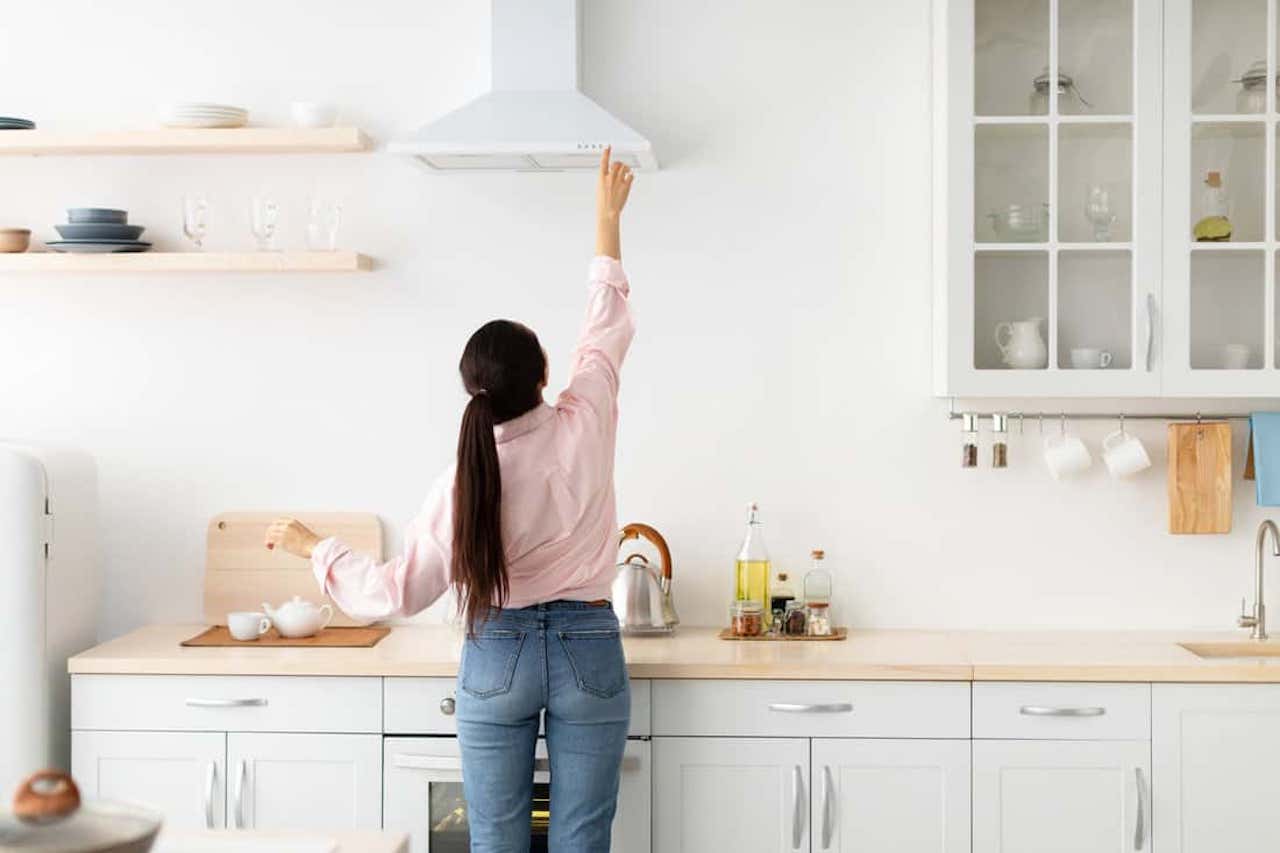
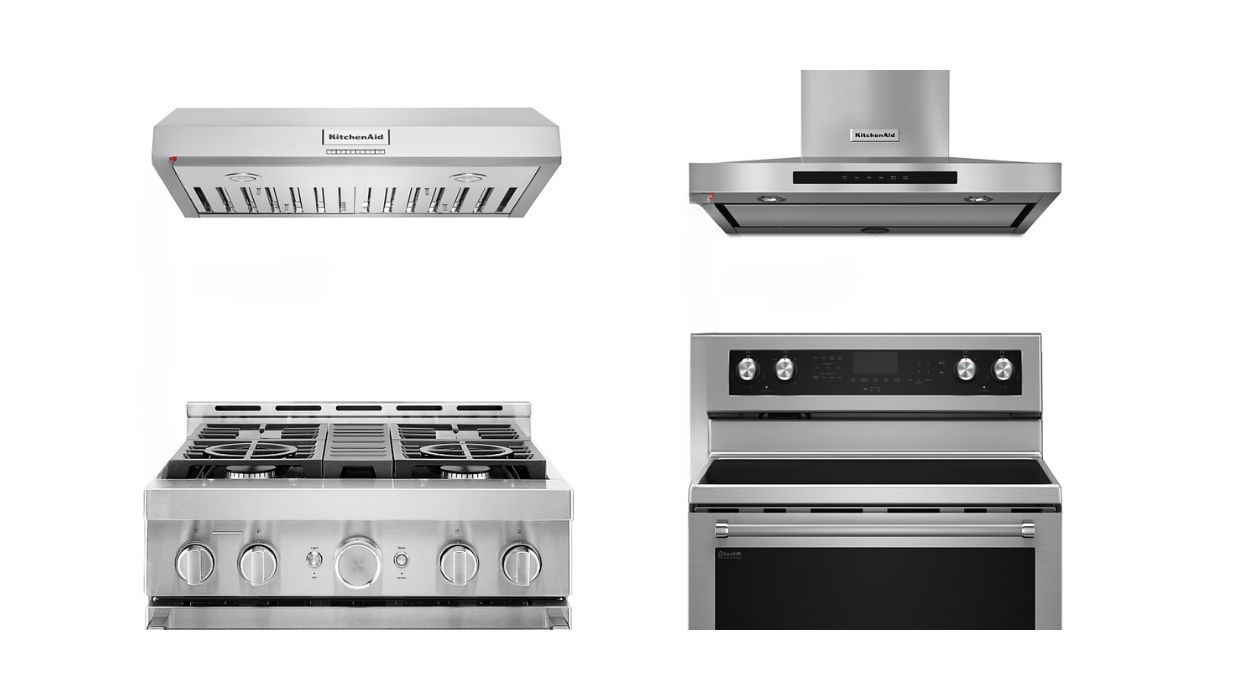

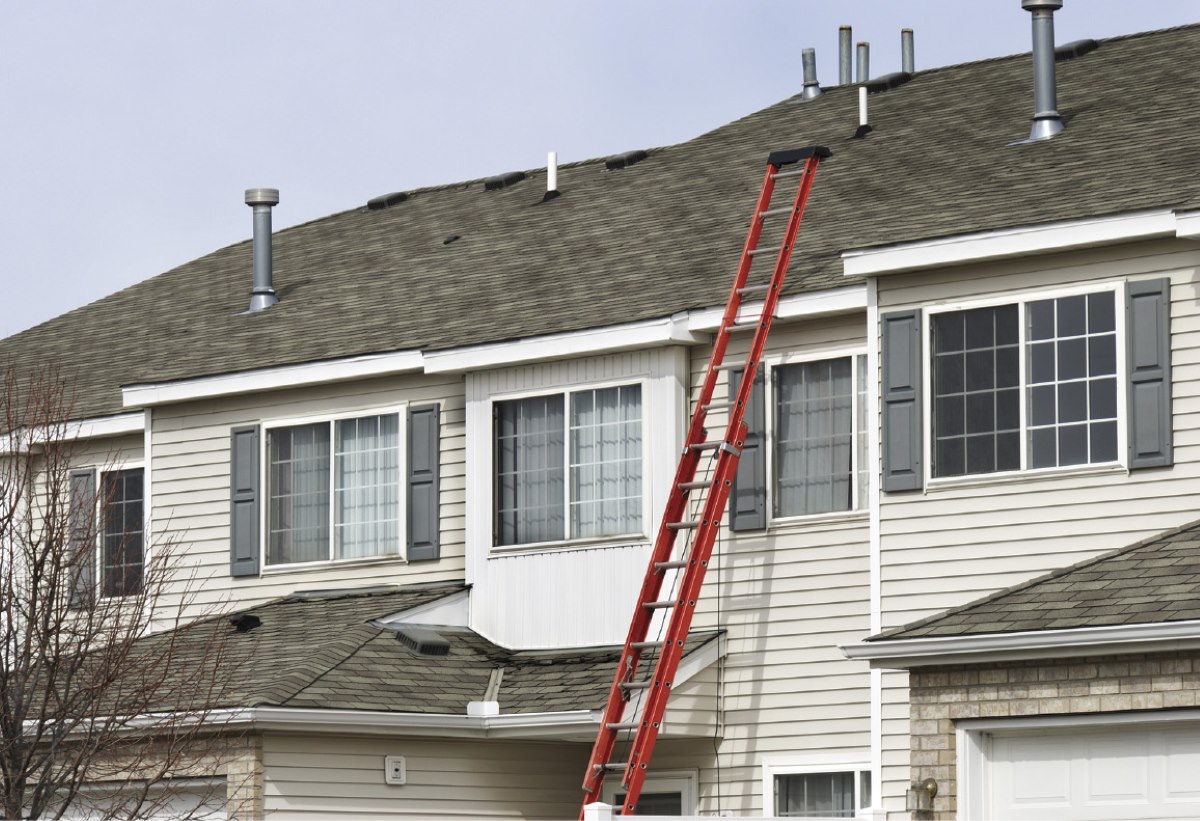
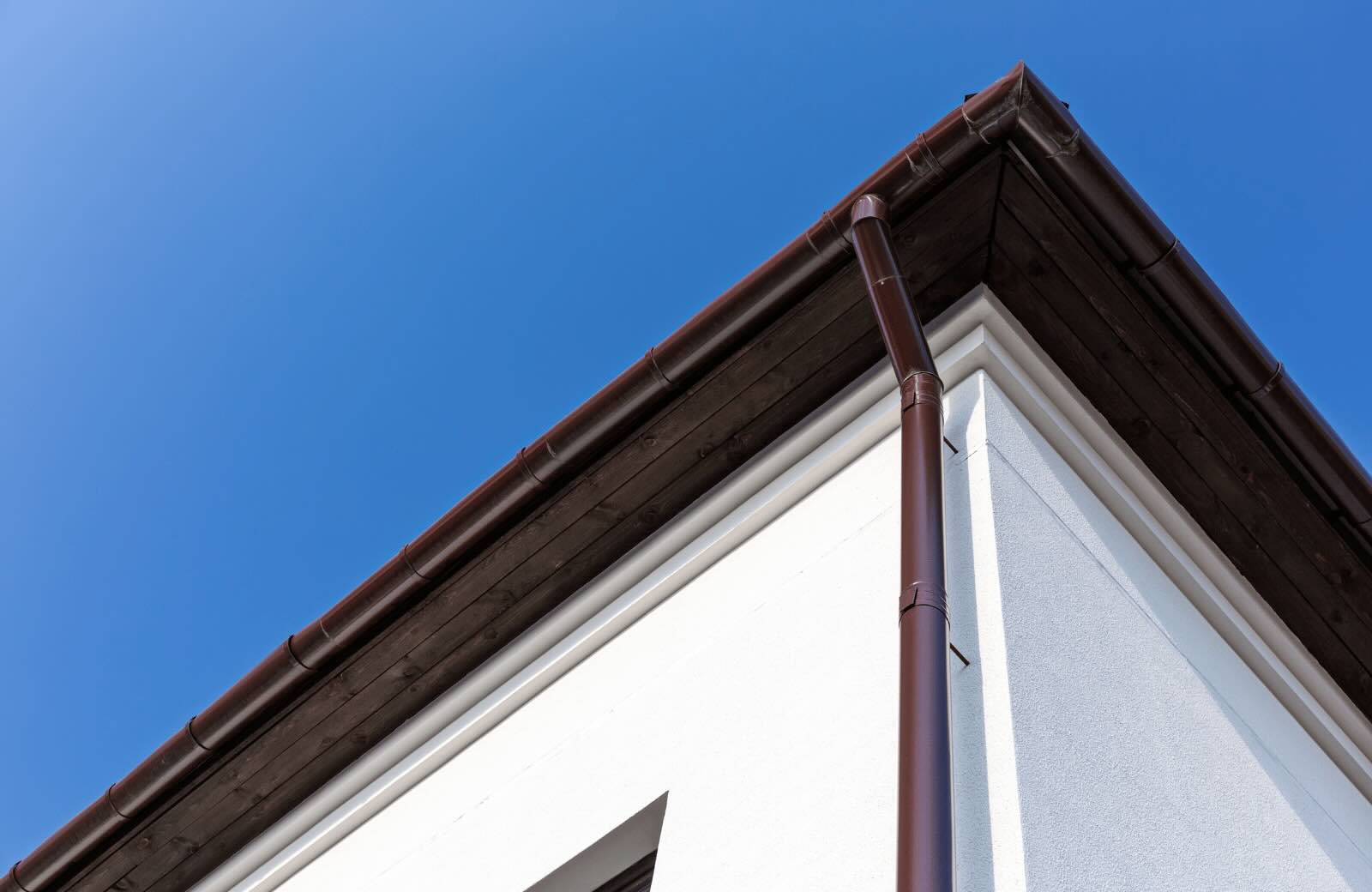

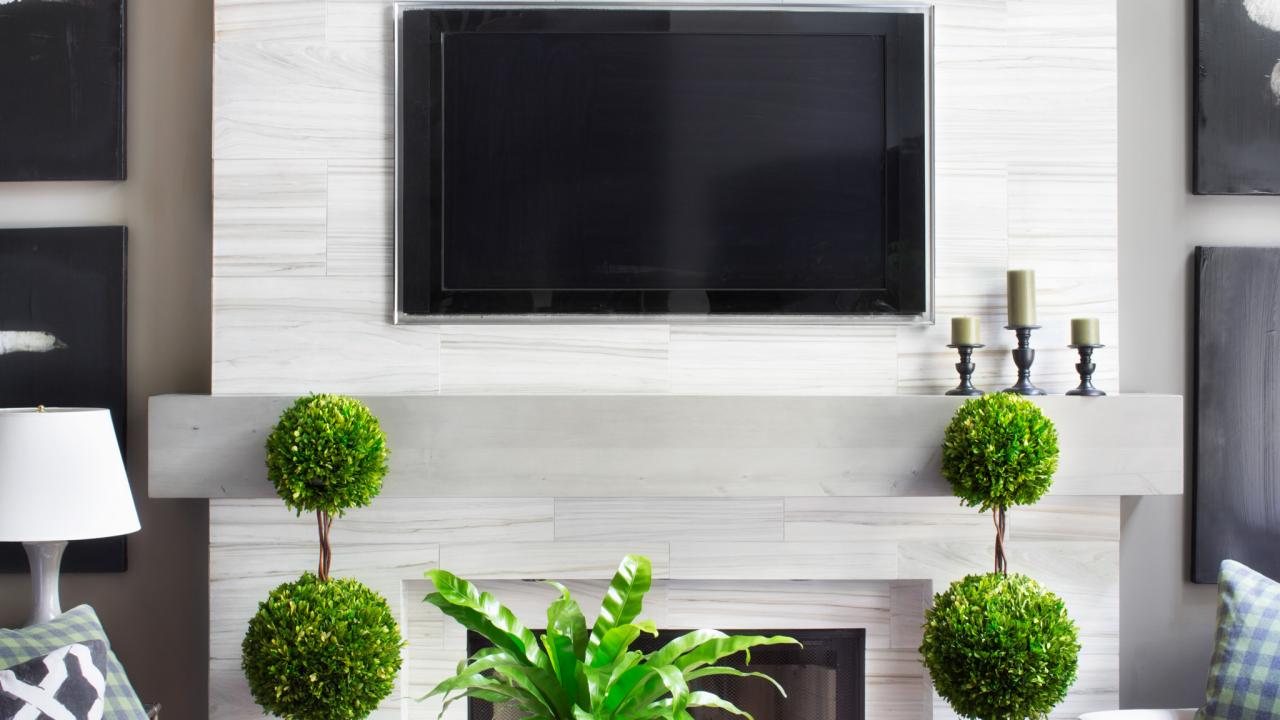
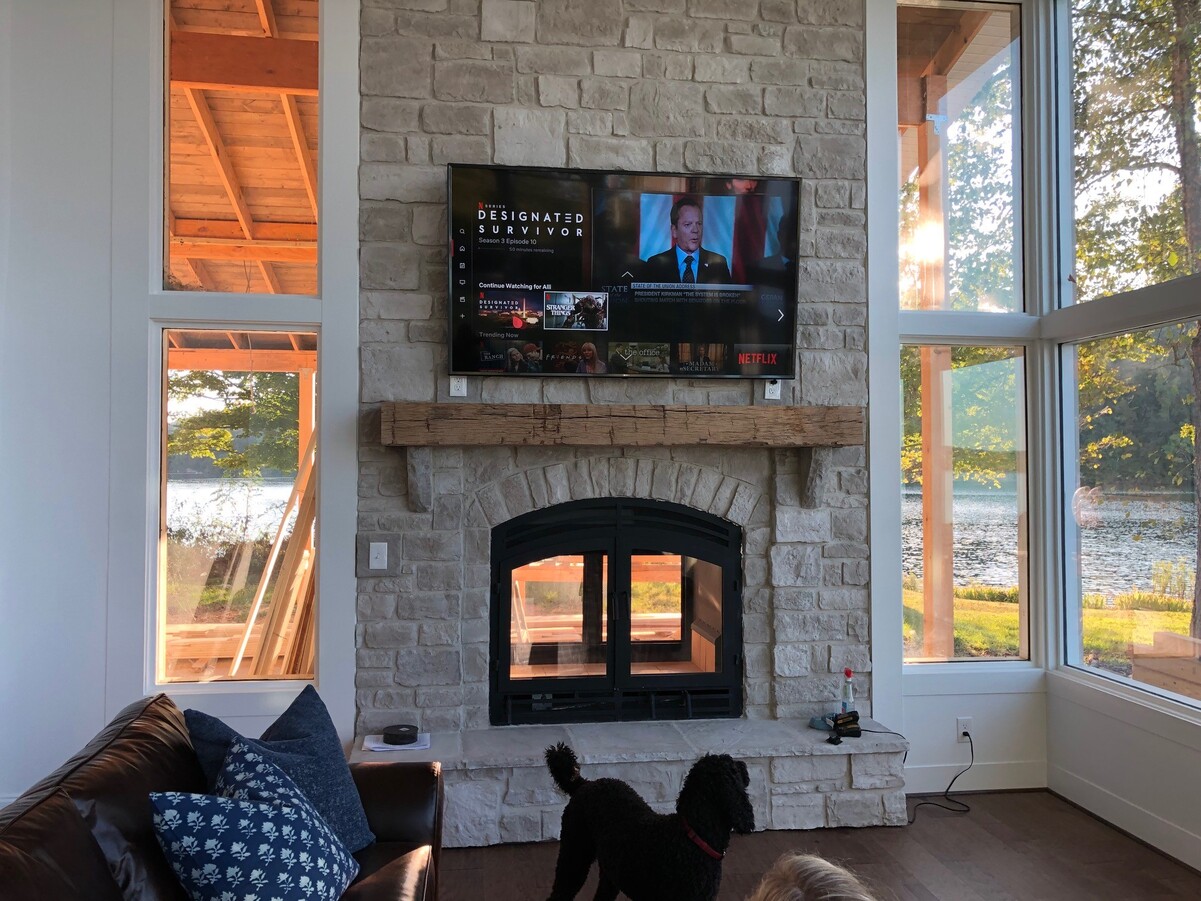
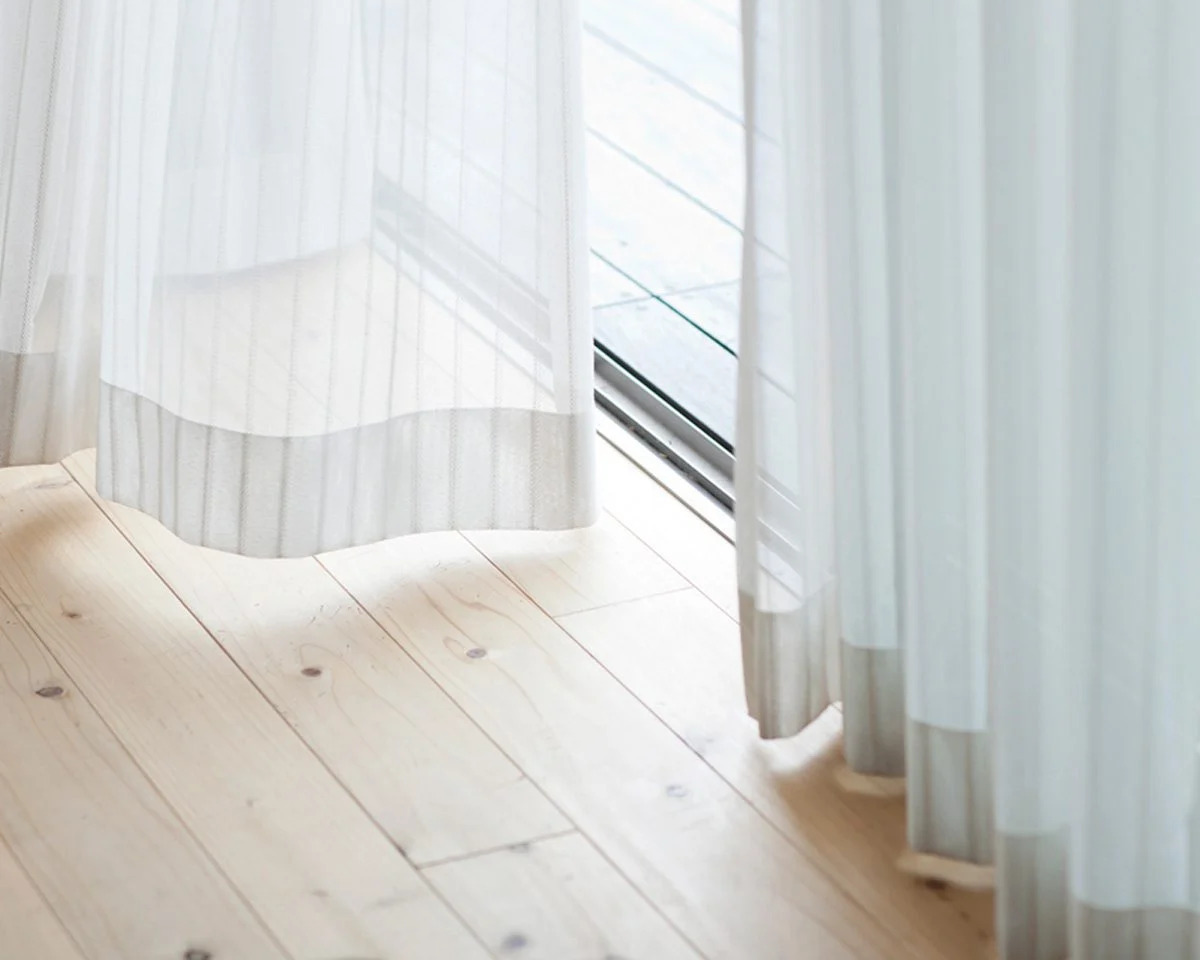
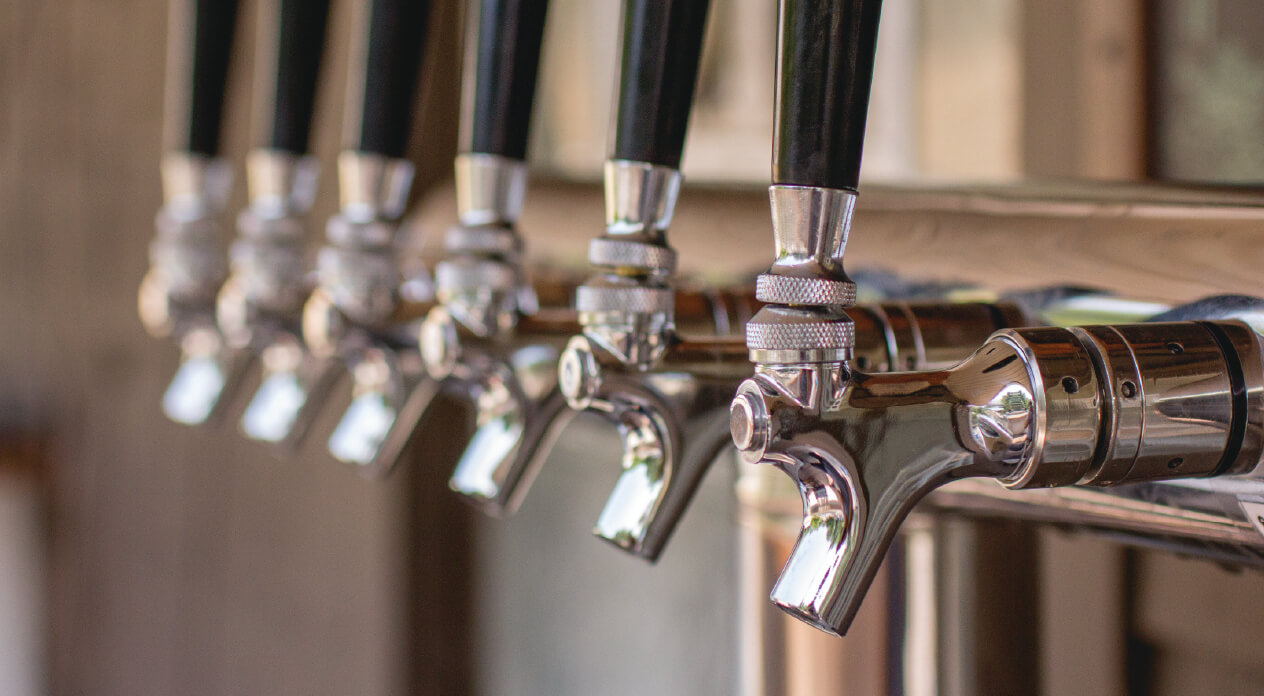
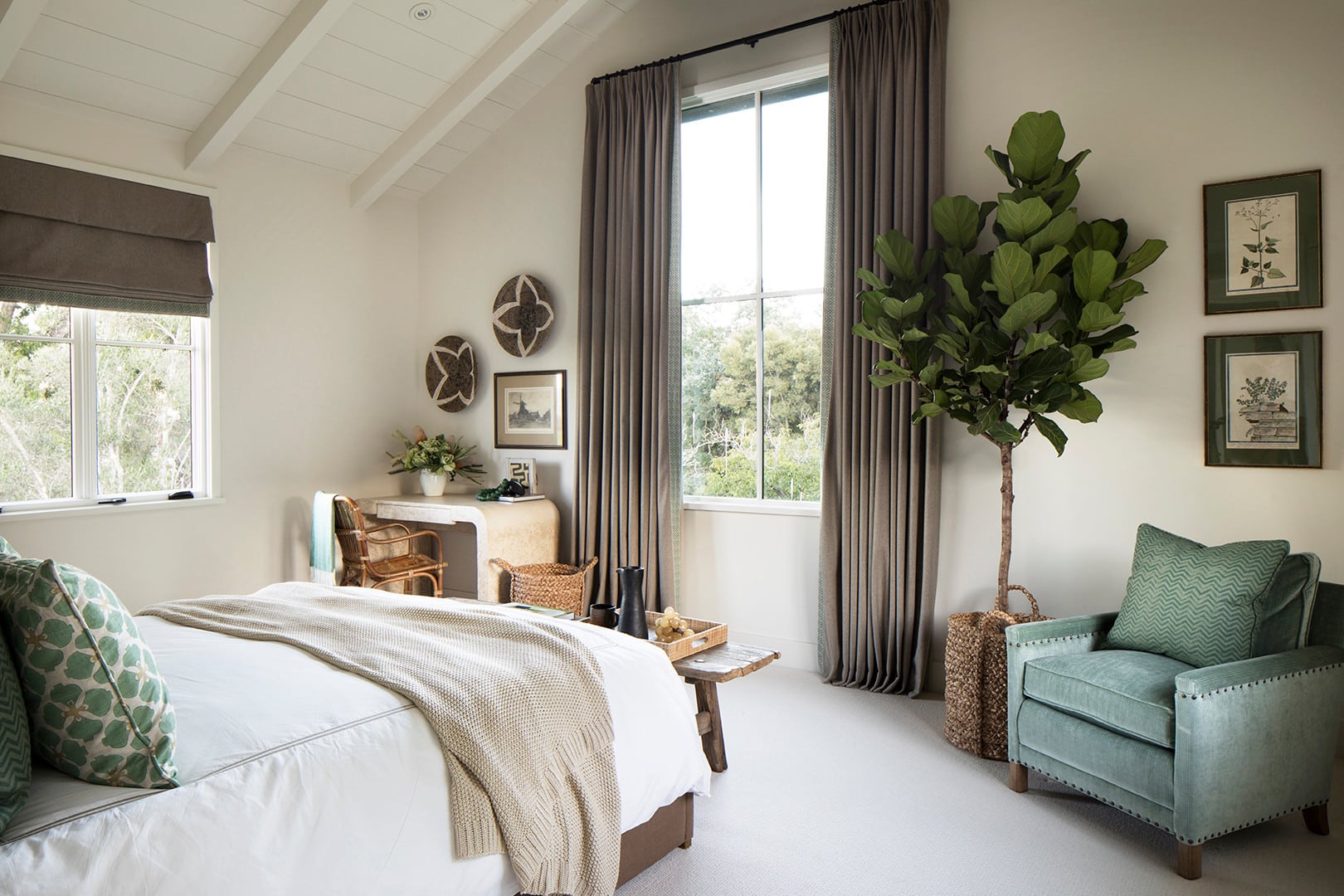
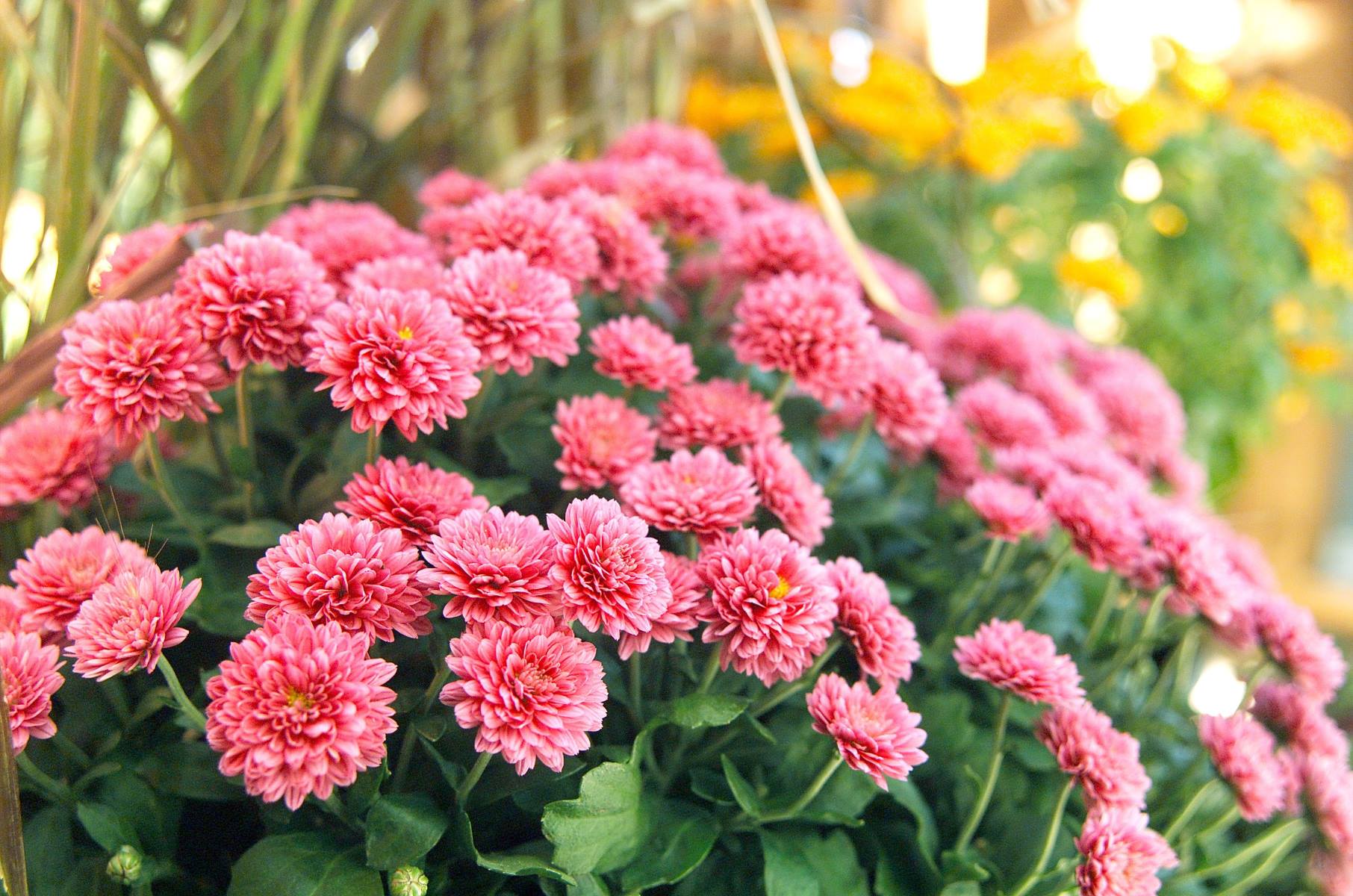

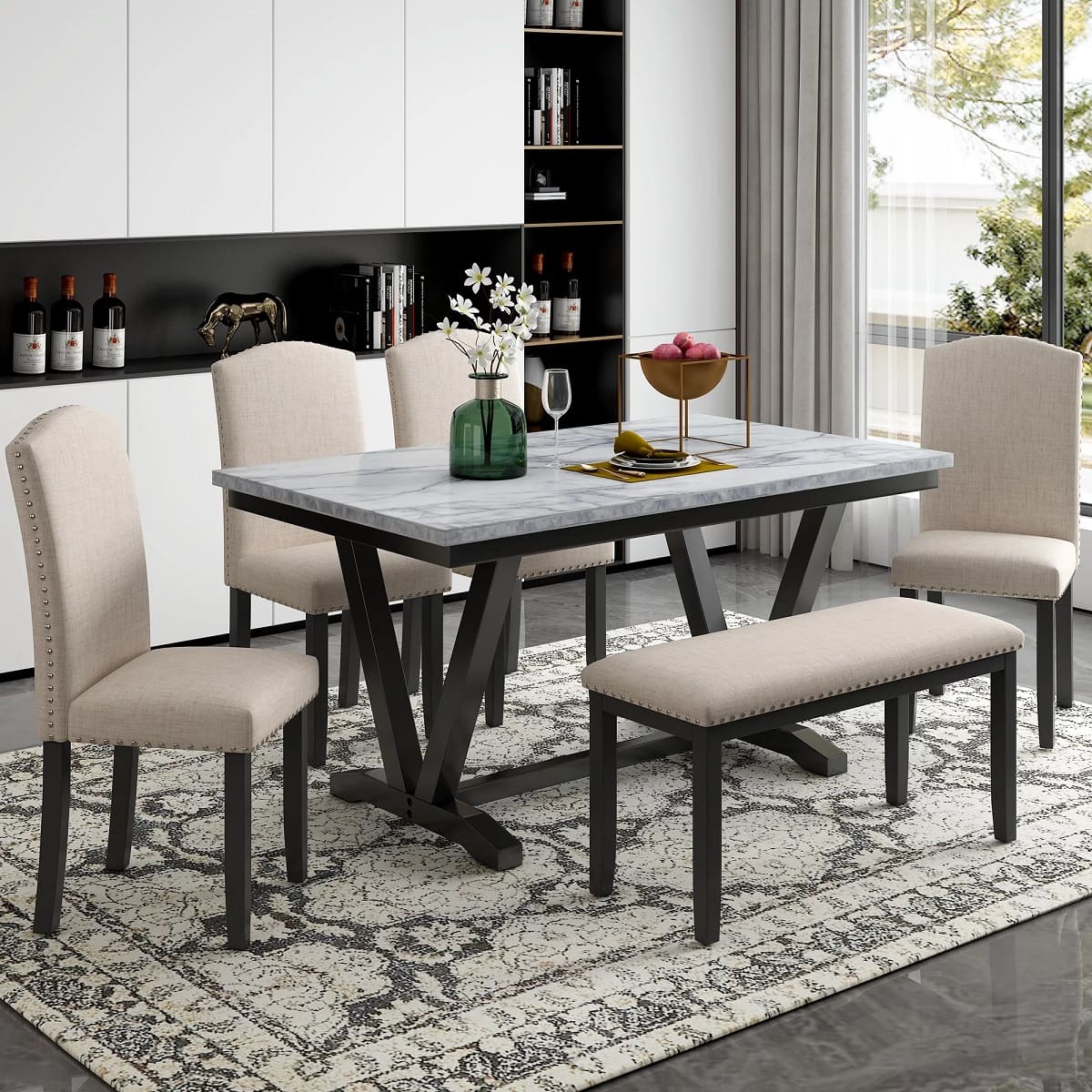

0 thoughts on “How Far Above Cooktop Should Hood Be”